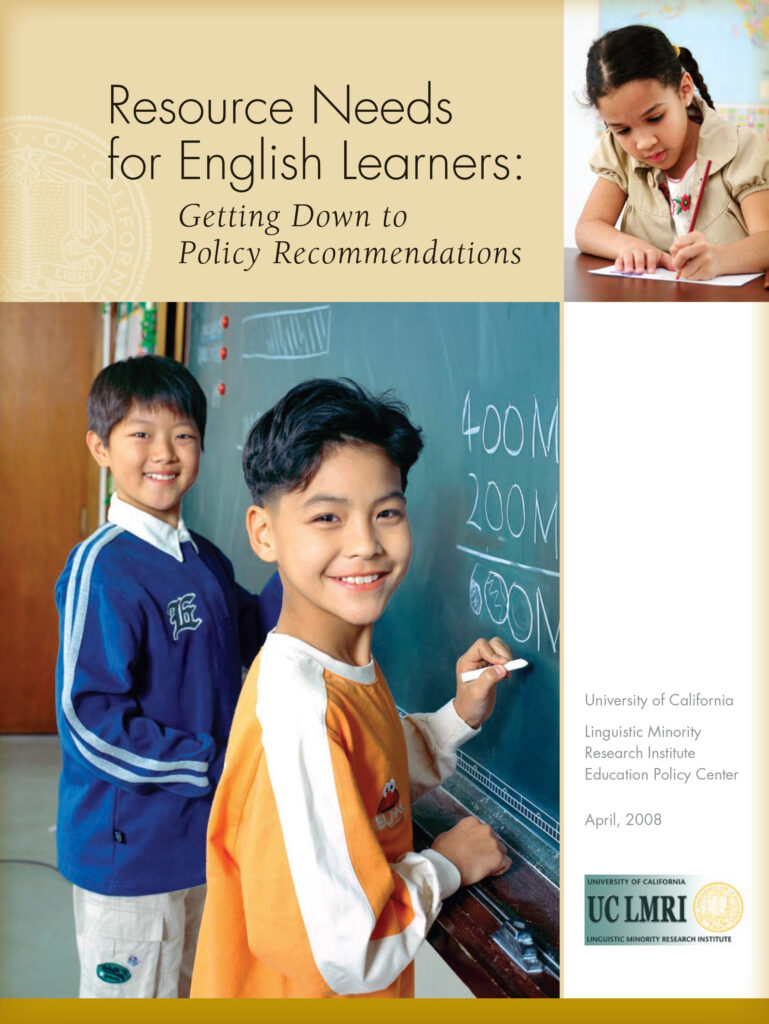Background To This Report
In 2006, California’s governor and legislature commissioned a set of 23 papers, collectively referred to as Getting Down to Facts, funded by a consortium of foundations with the objective of “provid[ing] common ground for understanding the current state of California school finance and governance.” The operating hypothesis was that with good information on all aspects of the educational governance and finance systems of the state, efficiencies and funding enhancements could be made that would improve the poor overall achievement of the state’s students. The studies were designed to be more descriptive than prescriptive, and were intended to form a basis for engaging stakeholders in deep conversations about possible policy alternatives. These studies were released at several forums in the spring of 2007. Later that year the Bill and Melinda Gates Foundation funded several groups of policy researchers to further develop recommendations that might help the governor and the legislature to act on the vast information compiled in the initial reports.
This document is an extension of the original report, entitled Resource Needs for California’s English Learners, authored by Patricia Gándara and Russell Rumberger, and is the result of deliberations from several informal meetings and two formal convenings of major stakeholders in the area of English Learner (EL) education. Its intent is to suggest a series of policy options, based on data examined in the initial report, that the state should consider to strengthen the educational offerings and outcomes for California’s burgeoning population of linguistic minority students.
California’s English Learners
We begin with the premise that while one fourth (25%) of California’s students are labeled as English Learners, in fact, many additional students need special services to assist them in joining the academic mainstream in English. Some of these are linguistic minority (LM) students, whose families and communities are largely non-English speaking and who may have been designated as English Learners at some time in the past. Others are those who come from language communities characterized by use of non-standard English variants; such students are often referred to as Standard English Learners (SEL). Altogether, approximately half of California’s students exist along a continuum of English proficiency from knowing little or none at all, to being in the process of mastering the four domains of standard and academic language: comprehending, speaking, reading, and writing. According to data from the U.S. Census, there were 3 million children, ages 5-17, living in California in 2005 who spoke a language other than English. These linguistic minority students, some of whom also speak English with some level of proficiency, represent 44 percent of the school-age population (Rumberger, 2006). Nationally, linguistic minority children represent 16 percent of the school-age population. Overall, 29 percent of all LM students in the U.S. reside in California, and the great majority speak Spanish (Gándara & Rumberger, 2007).
In compliance with the UC Open Access Policy, this report has been made available on eScholarship:
